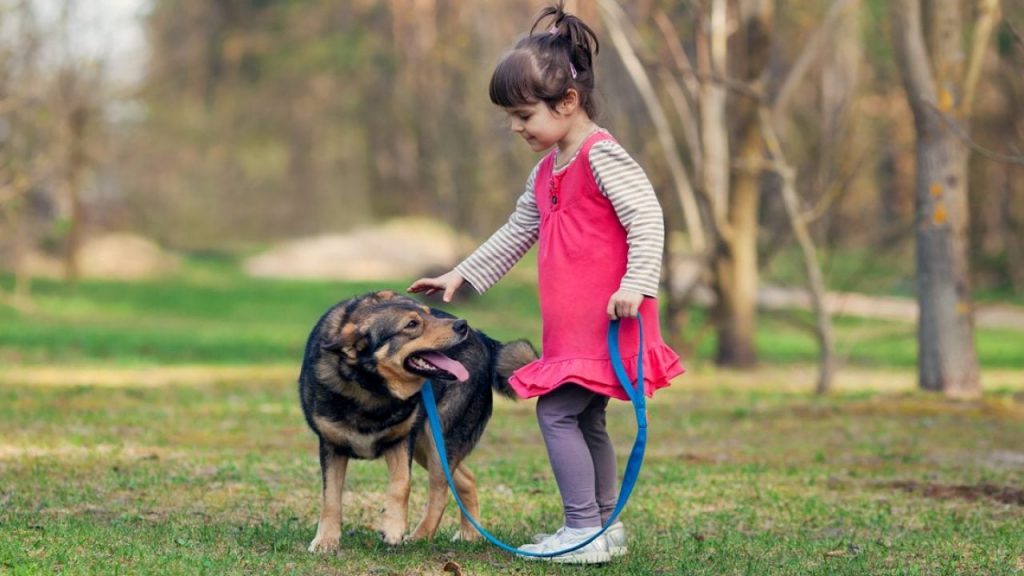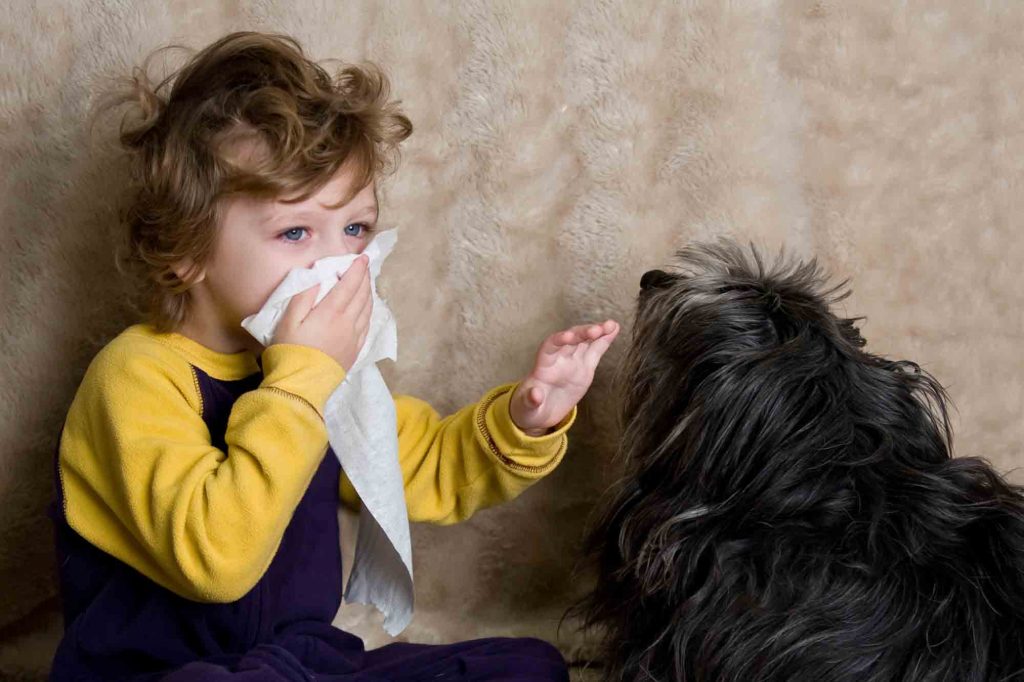There are many exciting ways to help students engage and learn at school—from incorporating games, hands-on projects, student collaboration, or field trips—you name it! By doing these things, teachers can make learning fun and help students rediscover their love for learning.
A common debate that’s been gaining popularity is whether to allow pets in school. And there are profound advocates for both sides. Some say that bringing pets to school teaches students responsibility and compassion. They also suggest they can help kids handle stress. In contrast, others are highly against it because the pets’ well-being is not considered. There will also be risks of health hazards.
So how do we know for sure if students should be allowed to bring their pets to school?
Let’s dive deep into the pros and cons of bringing pets to school and look closely at the key arguments to help you decide for yourself.
There is a poll at the end where you can vote and comment on this important debate question.
Pros Of Bringing Pets To School
Reduces Stress

Interacting with animals is well-known to reduce cortisol levels or the stress hormone, providing a sense of calm and peace. In addition, studies found that patting a pet can ease anxiety and boost your mood. They also help lower people’s blood pressure and heart rates.
So if pets are allowed in school, they will help make the students feel calmer and more relaxed knowing their pet friend is nearby.
Teaches Responsibility and Compassion

Having pets in school helps students learn responsibility and compassion, as they will be entirely responsible for their pet’s well-being.
Students must ensure their pets are properly cared for and safe because they are also living things that need constant love and care. There is little room for error because their pet’s life is at stake.
Having pets at school will also help develop compassion because as the students take care of their pets, they must learn to be empathetic to their pets’ basic needs.
Enriches Classroom Experiences

Students will have something exciting to look forward to with pets in school. They will be excited to go to school or class daily and interact with their pets.
Teachers can also incorporate lessons or projects involving their pets. For example, students can track eating habits or measure their pets’ food using a graph or scale. They can also learn about food webs, life cycles, adaptations, or any biology lessons, depending on the type of pet.
Cons Of Bringing Pets To School
Unnatural Environment

Schools or classrooms tend to be noisy and busy places, which can be extremely stressful or stimulating environments for pets, as they are constantly exposed to loud noises. And having this kind of condition can be unnatural and potentially inhumane because pets deserve a quiet and peaceful place.
At school, pets are often disturbed by bright lights, laughter, the school bell, and other sounds. Moreover, pets at school spend most of their time in a confined environment, as they cannot roam freely. Most are placed in cages and kept in a confined area all day which can be unhealthy. Also, it would be stressful for pets to be frequently handled or mishandled by kids.
Can Become Neglected

Pets are also likely to experience neglect, especially when a lot is happening at school, like projects, exams, and events. They will not be constantly monitored, which means a good chance of missed meals or check-ups for any diseases. This could lead to tragic situations, such as illnesses or death.
They are also more likely to be neglected or even abandoned during breaks, weekends, or holidays, especially when there’s no one to take care of them.
Moreover, pets are also at risk of being abused at school. There are even reports received by PETA about neglect and cruelty to pets kept in schools, including overfeeding, strangling, depriving of food and water, and many more.
Health Risks

Having pets at school promotes health risks because the probability of disease and other contagions is much higher with numerous animals kept at school.
Many kids also have allergies like asthma, which can be aggravated by specific animals brought by their classmates.
Pets also carry certain diseases or dangerous bacteria like salmonella, which can be transmitted to students from direct contact or feces. Examples of pets that carry salmonella include ducks, chickens, turtles, snakes, lizards, frogs, rats, hamsters, guinea pigs, and other small mammals like hedgehogs. So, having a pet in school is risky, concerning students’ health.
So should pets be allowed in school?







